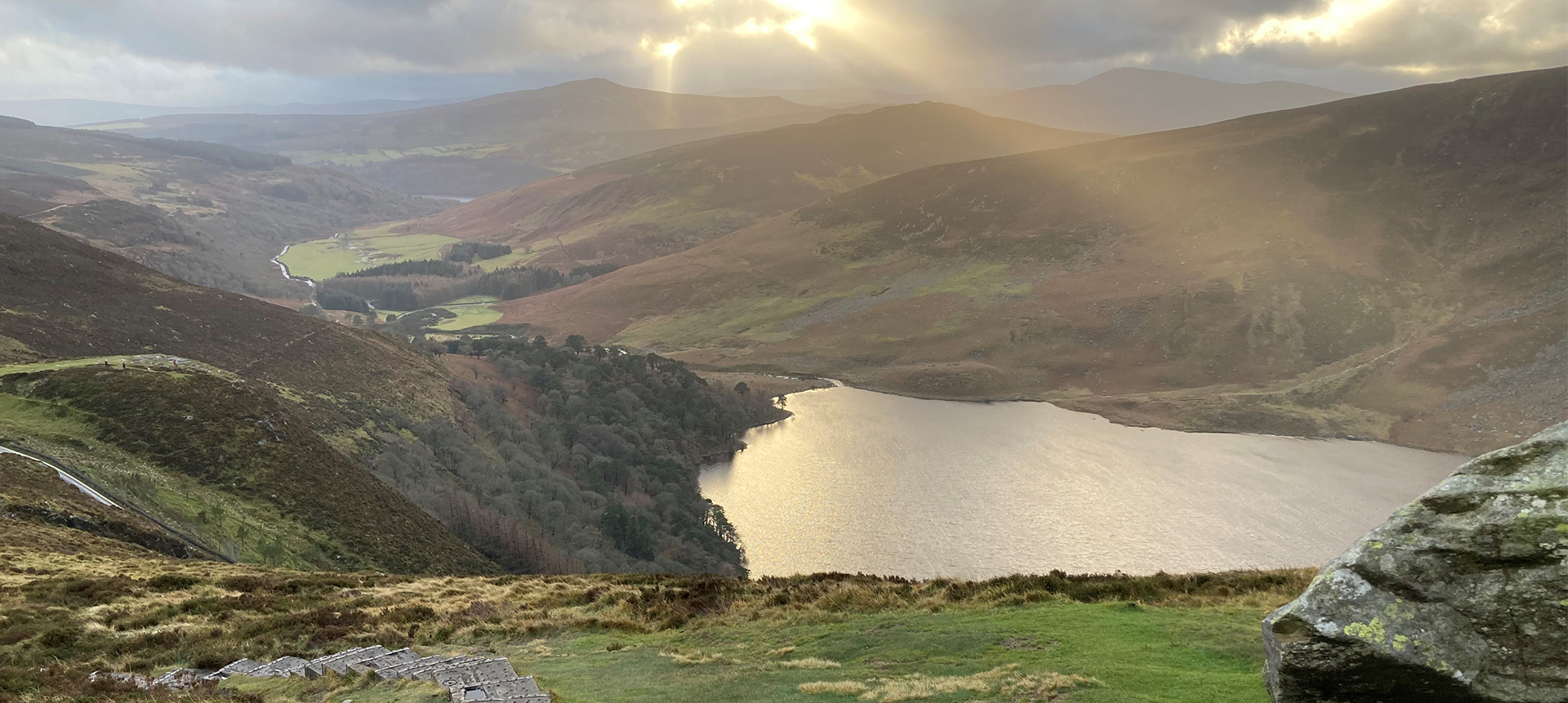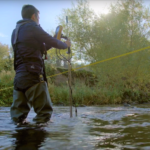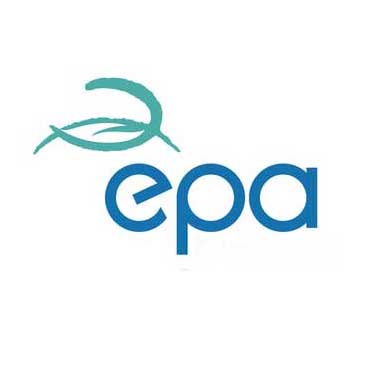The EPA recently launched a monthly hydrometric bulletin which will…
River Flow and Ecology Case Study: The Lotic-invertebrate Index for Flow Evaluation (LIFE) in Irish Rivers
This article explores a case study from the EPA-funded research project on biological tools for assessing the impact of river flow on ecology in Ireland, led by Atlantic Technological University.
Research Project
Atlantic Technological University, led by Martin Gammell and his team, carried out the EPA-funded research project Biological Tools to Measure the Impact of Flow on Ecology in Irish Rivers. The study, now published on the EPA website, explores how biological indicators—such as macroinvertebrates, fish, and macrophytes—can assess the ecological impacts of changes in river flow.
The following article presents a case study from the project, focusing on the adaptation of the Lotic-invertebrate Index for Flow Evaluation (LIFE) for use in Irish rivers.
River Flow and Ecology Case Study: The Lotic-invertebrate Index for Flow Evaluation (LIFE) in Irish Rivers
Understanding Flow and Ecology
Flow is an important determinant of the biological community in a river. Therefore, changes in flow, due to factors such as instream barriers, climate change or water abstraction, for example, may have negative impacts on river communities, and it is important to be able to monitor such impacts. The EPA-funded project, Biological Tools to Measure the Impact of Flow on Ecology in Irish Rivers, aimed to develop a number of different methods to monitor flow-ecology relationships in Irish rivers, using macroinvertebrates, fish and macrophytes. Project Manager Martin Gammell is based at the Marine and Freshwater Research Centre at Atlantic Technological University in Galway, and prior to that he worked with the Environment Agency in England, as an ecological appraisal officer monitoring rivers in the east of England.
“During my time with the Environment Agency in England, I regularly used the Lotic-invertebrate Index for Flow Evaluation (LIFE) technique, which had been developed by some of my Environment Agency colleagues for monitoring flow in British rivers, using macroinvertebrate data. Therefore, the LIFE technique was one of the obvious candidate tools to adapt for use in Irish rivers as part of this project.”
Project Manager, Martin Gammell
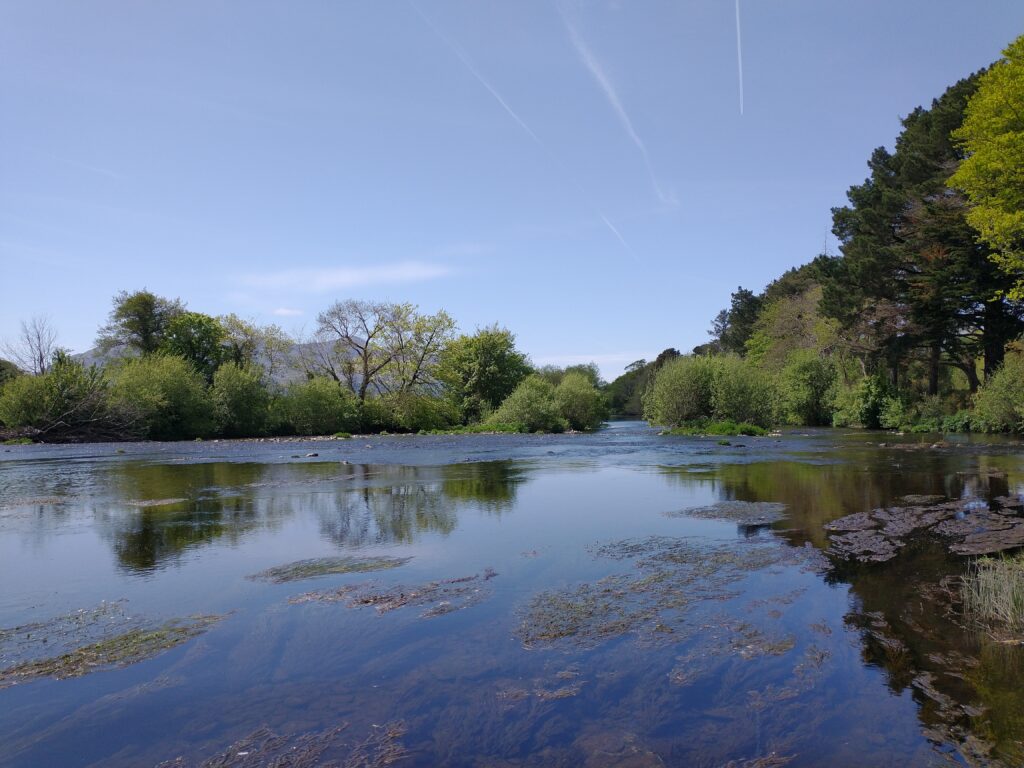
How Macroinvertebrates Reflect Flow Conditions
Because different macroinvertebrate species have varying flow preferences, the macroinvertebrate community at a site can reveal information about flow conditions at that site, and changes in the macroinvertebrate community can reveal information about changes in flow. As flow velocities decline, there should be an increase in the abundance of macroinvertebrates associated with slower velocities, and a decrease in the abundance of macroinvertebrates associated with faster velocities. This link between the macroinvertebrates at a site and its flow history formed the basis for the development of the LIFE technique, and LIFE scores have been found to have strong correlations with measured flows in British rivers, with higher LIFE scores indicating faster flows.

“The LIFE method can use species-level or family-level data. Because we considered it important that LIFE scores could be calculated using standard data collected by the EPA as part of their river monitoring programmes, we chose to focus primarily on the family-level version of the index. However, due to differences between the British and Irish macroinvertebrate fauna, the British family-level version of the index is not entirely appropriate for Ireland. Therefore, an important first step in this project was to adapt the index for Ireland, and as a result of this work, appropriate family-level LIFE scores can now be calculated for Irish rivers.”
Project Manager, Martin Gammell
Survey Results and National Patterns
The macroinvertebrate data used in this project were from surveys carried out by the project team in 2021 and 2022 at 47 sites throughout Ireland, as well as from historical EPA macroinvertebrate surveys carried out between 2007 and 2018. The macroinvertebrate survey data was matched with river flow data recorded at nearby hydrometric stations on the same river, to investigate the strength of the relationship between calculated LIFE scores and measured river flows.
“Our results were very encouraging. We found strong positive relationships between calculated LIFE scores and measured river flows, and at a number of the sites that we surveyed, calculated LIFE scores closely tracked changes in flow at the site. We also examined the distribution of LIFE scores throughout the country, and as expected, lower LIFE scores were concentrated in lowland areas and higher LIFE scores were concentrated in upland areas. The adapted family-level LIFE technique is therefore a useful tool for monitoring potential impacts of changes in flow on macroinvertebrate communities in Irish rivers.”
Project Manager, Martin Gammell
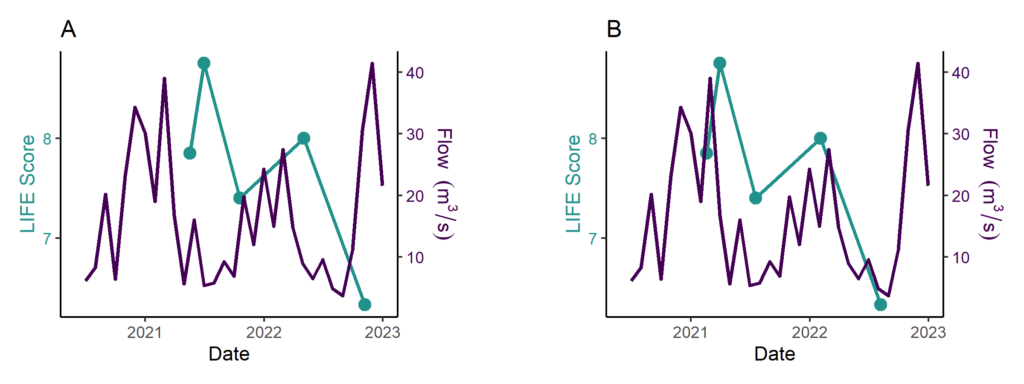
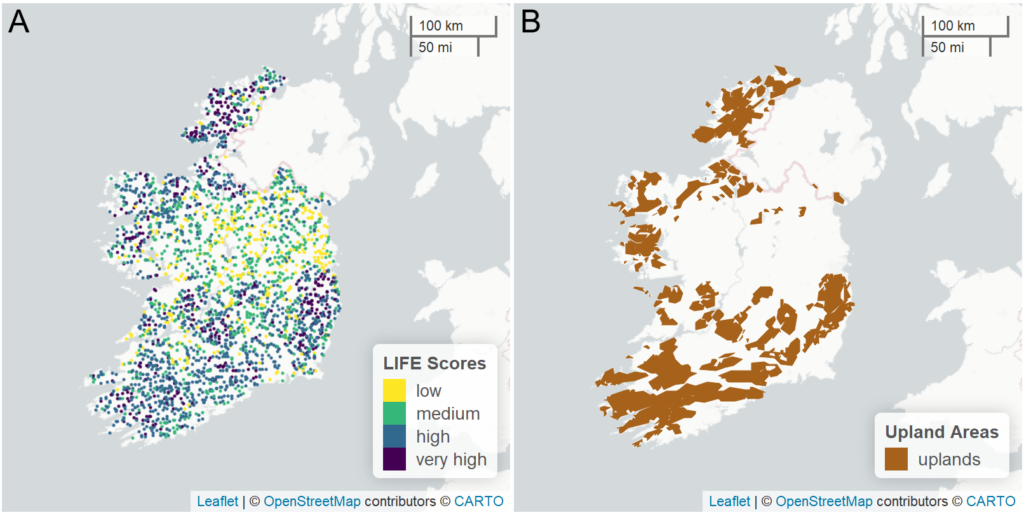
Online Dashboard
The team developed an online dashboard to calculate family-level LIFE scores for Irish rivers, along with two other macroinvertebrate-based hydroecological indices. Access dashboard here: https://mgammell.shinyapps.io/biotic_index_dashboard/
Learn more
You can read more case studies and stories like this in the Catchments Newsletter

